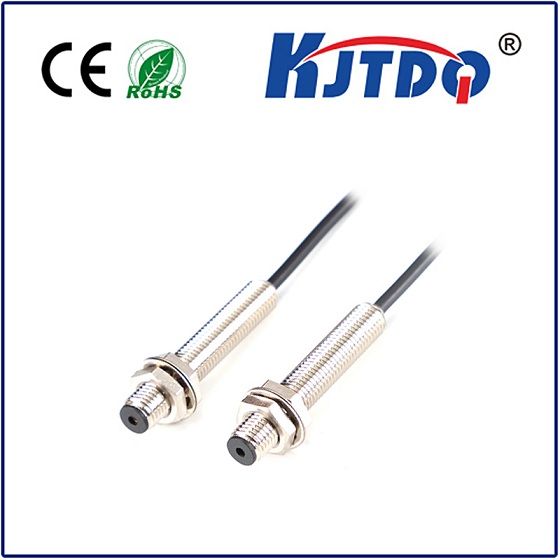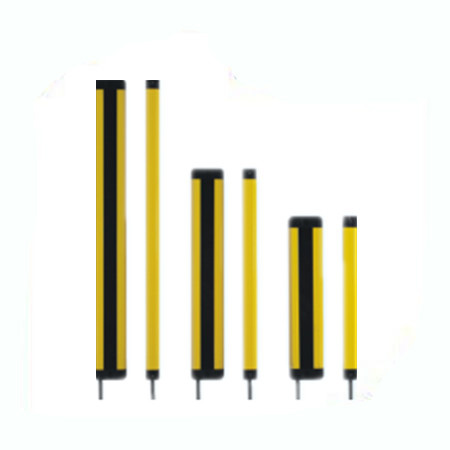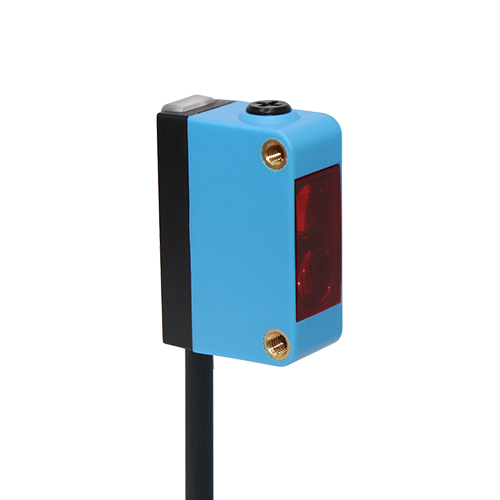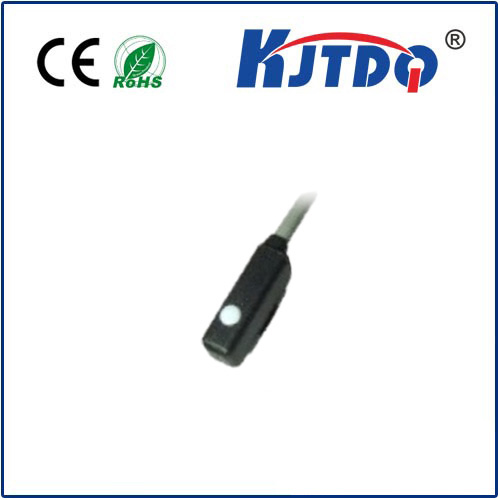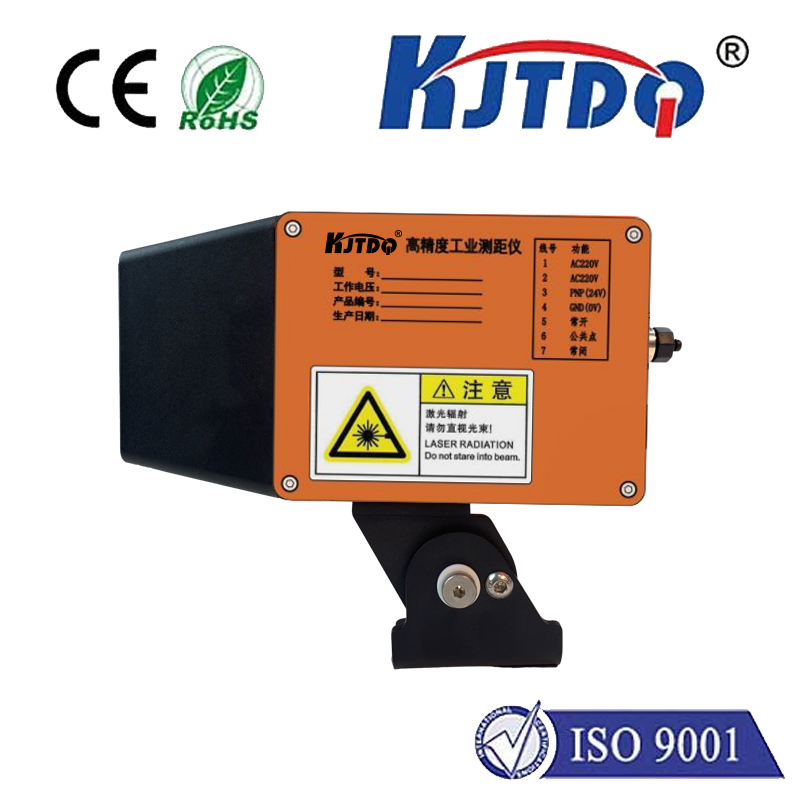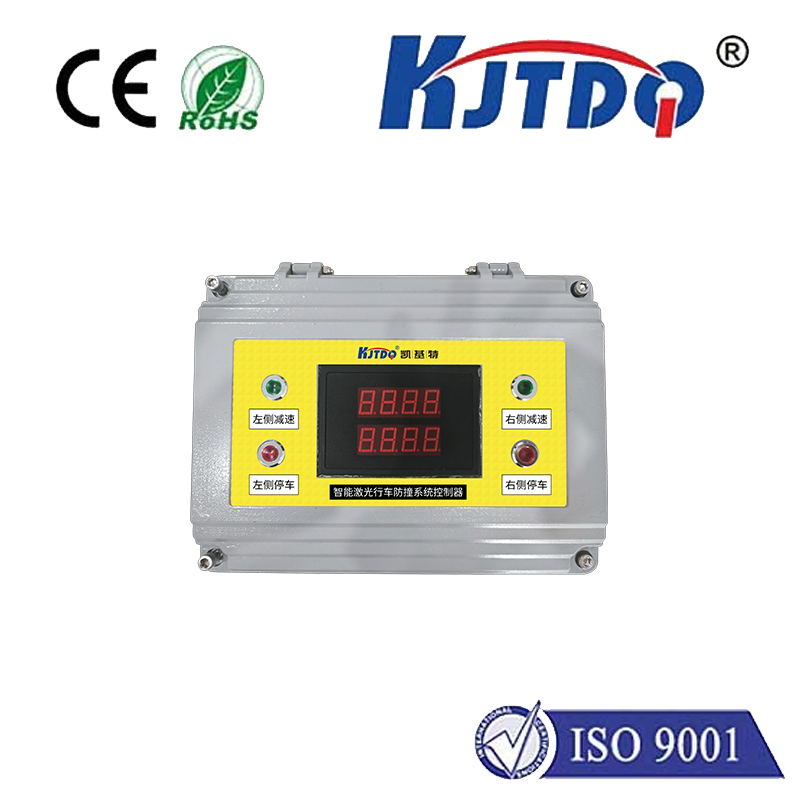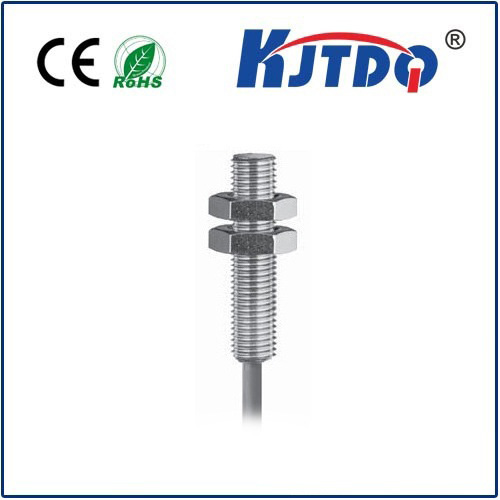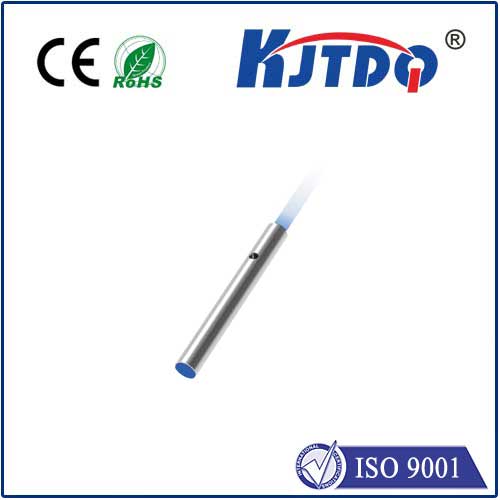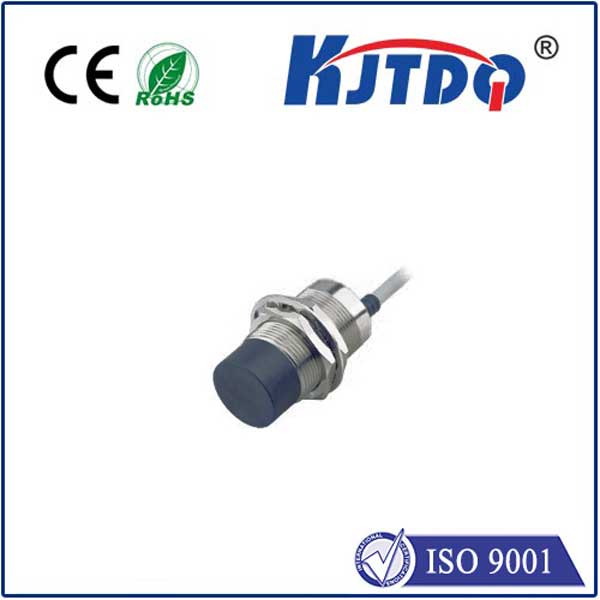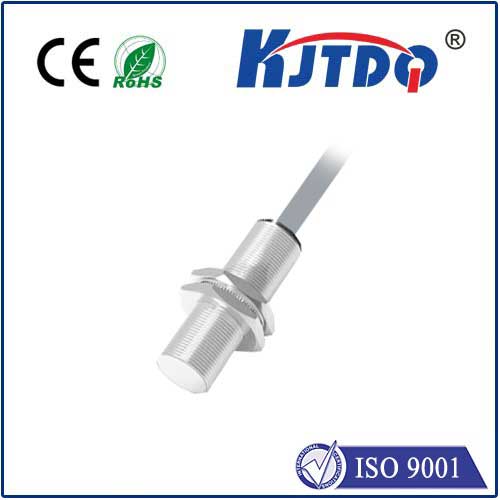BES0071 high pressure proximity sensor
- time:2025-10-15 05:52:30
- Click:0
BES0071: Mastering Measurement in Extreme Environments with High-Pressure Proximity Sensing
Reliable detection in high-pressure zones isn’t just convenient – it’s often critical for safety, efficiency, and preventing catastrophic failure. Whether it’s deep within hydraulic systems, submerged in ocean depths, or inside the heart of high-pressure processing equipment, knowing exactly where components are without physical contact is a fundamental challenge. This is where sensors like the BES0071 High Pressure Proximity Sensor step into the spotlight, engineered to deliver unwavering performance where ordinary sensors falter. Understanding its capabilities unlocks solutions for demanding industrial applications pushing pressure boundaries.
The Unique Challenge of High-Pressure Proximity Sensing
Traditional proximity sensors excel in countless applications. However, subject them to sustained, extreme pressures, and vulnerabilities emerge. Standard housings can deform or rupture, seals can leak, and internal electronics can succumb to stress-induced failure. Furthermore, the dense media often present in high-pressure environments (like hydraulic fluids or compressed gases) can interfere with sensing fields. The High Pressure Proximity Sensor category was born specifically to overcome these hurdles. These are not merely ruggedized versions; they are fundamentally designed with pressure resilience as a core principle.
Introducing the BES0071: Engineered for the Extremes
The BES0071 High Pressure Proximity Sensor represents a focused response to this demanding niche. It typifies a class of sensors built to thrive where pressure isn’t a variable but a constant, potentially harsh, operating condition. Its designation often signifies specific engineering choices:

- Robust Housing Construction: Utilizing high-strength, often stainless steel or specialized alloys, the housing is designed to withstand immense external pressures without collapsing or compromising its seal integrity. This is paramount for deep-sea applications or high-pressure hydraulic circuits.
- Advanced Sealing Technology: Hermetic sealing is frequently employed. Unlike simpler gaskets or O-rings, hermetic seals (like welded metal-to-metal or specialized glass-metal seals) create a permanent, leak-proof barrier protecting the sensitive internal electronics from ingress, even under extreme pressure cycling.
- Pressure-Compensated or Solid-State Design: Some high-pressure sensors incorporate compensation mechanisms to equalize internal pressure or utilize entirely solid-state electronics inherently less susceptible to pressure-induced stress. The BES0071 leverages such technologies to ensure signal stability.
- Optimized Sensing Field: The sensing technology (inductive, capacitive, etc.) is carefully calibrated to penetrate dense media effectively. Resistance to media influence is crucial – hydraulic oil or compressed gas shouldn’t cause false triggers or reduced sensing ranges.
- High-Temperature Tolerance: Environments generating high pressure often involve elevated temperatures. Therefore, sensors like the BES0071 High Pressure Proximity Sensor are typically rated for significantly higher operating temperatures than standard counterparts.
Where the BES0071 High Pressure Proximity Sensor Proves Indispensable
The unique strengths of this sensor type make it essential across diverse, critical sectors:
- Hydraulic Systems & Power Units: Monitoring piston position within high-pressure cylinders, detecting debris or blockages in lines under pressure, verifying valve spool position, or confirming tooling engagement in presses. Reliable feedback prevents dangerous over-travel or component damage.
- Subsea & Marine Applications: Deploying sensors on remotely operated vehicles (ROVs), underwater manipulator arms, pipeline monitoring systems, or drilling equipment. They must endure crushing ocean depths while providing precise position feedback. The BES0071’s pressure rating is key here.
- Oil & Gas Exploration/Production: Downhole tools, wellhead equipment, and high-pressure processing units require sensors that can handle the extreme pressures encountered during drilling, extraction, and refining. Leak detection and valve position monitoring are critical safety functions.
- High-Pressure Processing (HPP) Systems: Used in food and beverage industries for non-thermal pasteurization. Sensors must reliably monitor door interlocks, piston positions, and pressure vessel status within the ultra-high-pressure chambers.
- Test & Measurement Rigs: Rigorous testing of components like valves, pumps, or pressure vessels under simulated extreme conditions demands sensors unaffected by the very pressures they help control and monitor.
Key Advantages of Choosing a Specialist: The BES0071 Proposition
Opting for a purpose-built High Pressure Proximity Sensor like the BES0071 offers distinct benefits over adapting standard sensors:
- Enhanced Reliability & Safety: Reduced risk of catastrophic sensor failure under pressure directly translates to improved operational safety and system integrity, preventing costly downtime and potential hazards.
- Longer Service Life: Engineered for harsh conditions, these sensors typically offer significantly extended lifespans compared to standard sensors pushed beyond their limits, delivering a better return on investment.
- Consistent Performance: Maintaining stable sensing distances and signal outputs despite fluctuating or sustained high pressures ensures accurate process control and reliable automation sequences.
- Reduced Maintenance Costs: Minimizing failures and the need for frequent replacements in hard-to-access high-pressure zones drastically cuts maintenance overhead.
- Application Specificity: Designed explicitly for these challenges, they provide peace of mind, knowing the sensor itself won’t be the weak link.
Specifications Matter: What to Look For
When specifying a sensor like the BES0071 High Pressure Proximity Sensor, key parameters are critical:
- Maximum Pressure Rating: The absolute highest pressure the sensor housing and seals are guaranteed to withstand (e.g., 600 bar, 1000 bar, 5000 psi).
- Proof Pressure: A pressure higher than the working pressure, applied during testing to ensure safety margins.
- Burst Pressure: The pressure at which the sensor housing is expected to fail – crucial for safety calculations.
- Operating Temperature Range: Must encompass the expected ambient and process-induced temperatures.
- Sensing Technology & Range: Inductive (for metals), capacitive (non-metals, liquids), or other. Specified sensing distance under rated pressure.
- Output Signal: PNP/NPN, analog (4-20mA, 0-10V), IO-Link, etc.
- Electrical Connection & Housing Material: Robust connectors (M12/M8) and corrosion-resistant materials (stainless steel variants) are common.
- Ingress Protection (IP Rating): High IP ratings (IP67, IP68, IP69K) are standard for resistance to water, dust, and cleaning procedures.
Implementing the BES0071 for Optimal Performance
Successfully integrating a High Pressure Proximity Sensor requires attention to detail:
- Verify Ratings: Double-check the sensor’s pressure rating (BES0071’s specific rating needs confirmation) and temperature range against your application’s maximum expected conditions, including potential pressure spikes.
- Consider the Medium: Ensure compatibility with the fluid or gas in contact with the sensor. Material compatibility is vital.
- Proper Installation: Follow manufacturer guidelines meticulously for mounting, sealing threads (using appropriate sealants or crush washers), and torque specifications. Incorrect installation is a common cause of premature failure.
- Electrical Protection: Implement safeguards like surge protection, especially in environments prone to electrical noise or voltage spikes common in industrial power systems.
- Regular Inspection: While built for durability, periodic checks for physical damage, corrosion, or potential seal wear are prudent preventative maintenance.
Pushing Boundaries with Confidence
The relentless pursuit of industrial efficiency and capability often involves venturing into environments defined by extreme pressure. In these domains, standard sensors become liabilities. The BES0071 High Pressure Proximity Sensor embodies the specialized engineering required to provide reliable, non-contact detection precisely where the pressure is on – literally. By understanding its design principles, critical applications, and selection criteria, engineers and system designers can harness this technology to achieve new levels of performance, safety, and reliability in the most demanding operational landscapes. When failure is not an option, choosing a sensor engineered for the extremes, like the BES0071, is the foundation for success.






